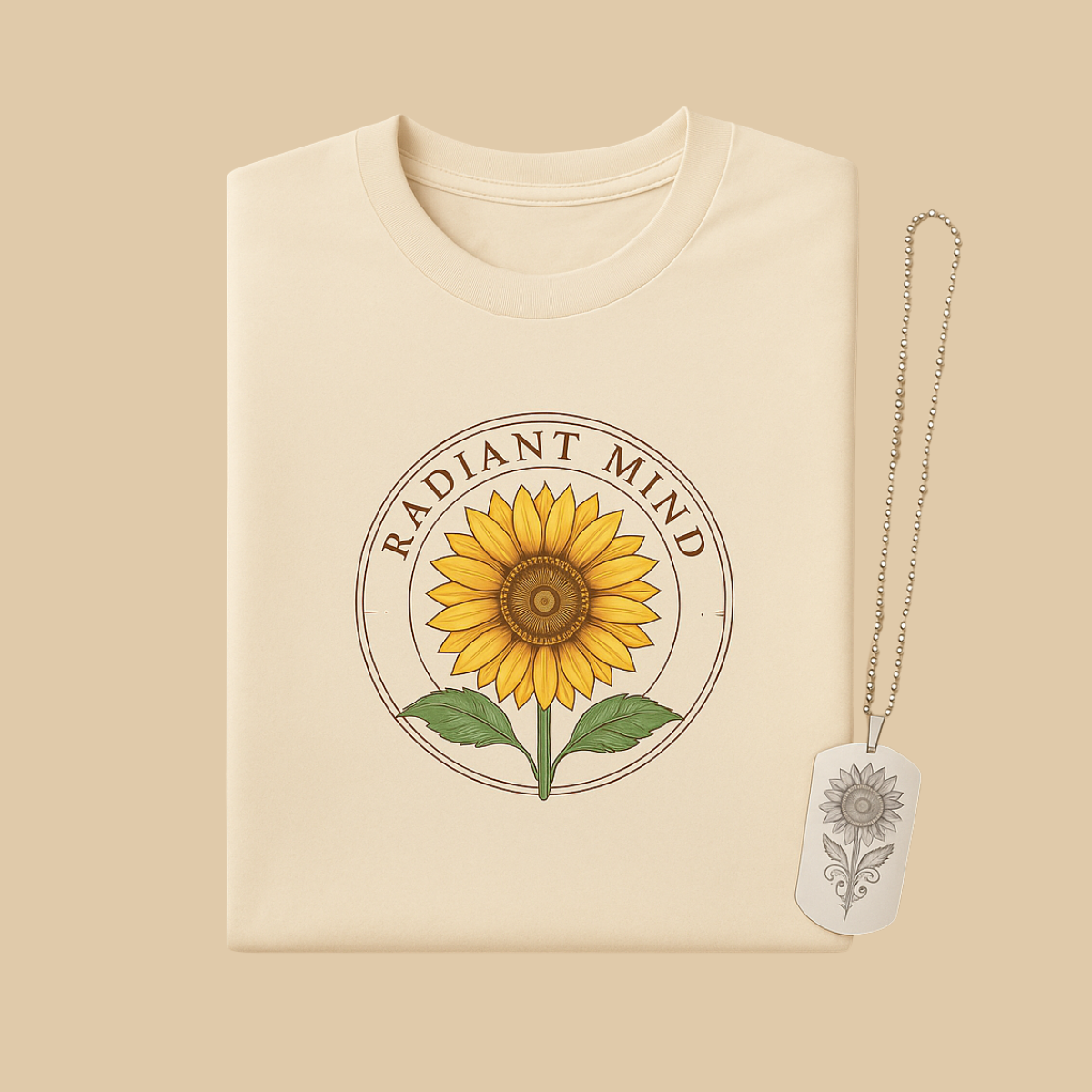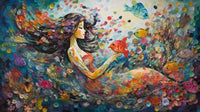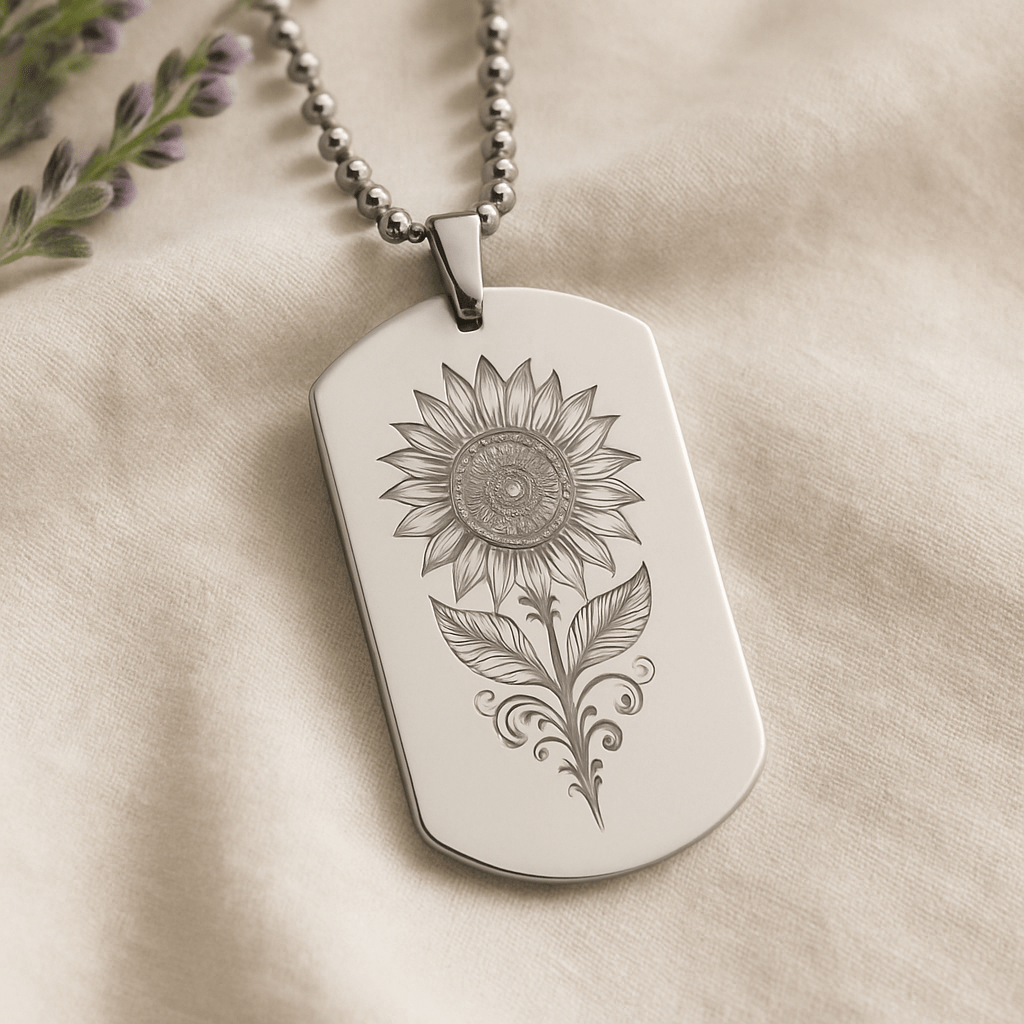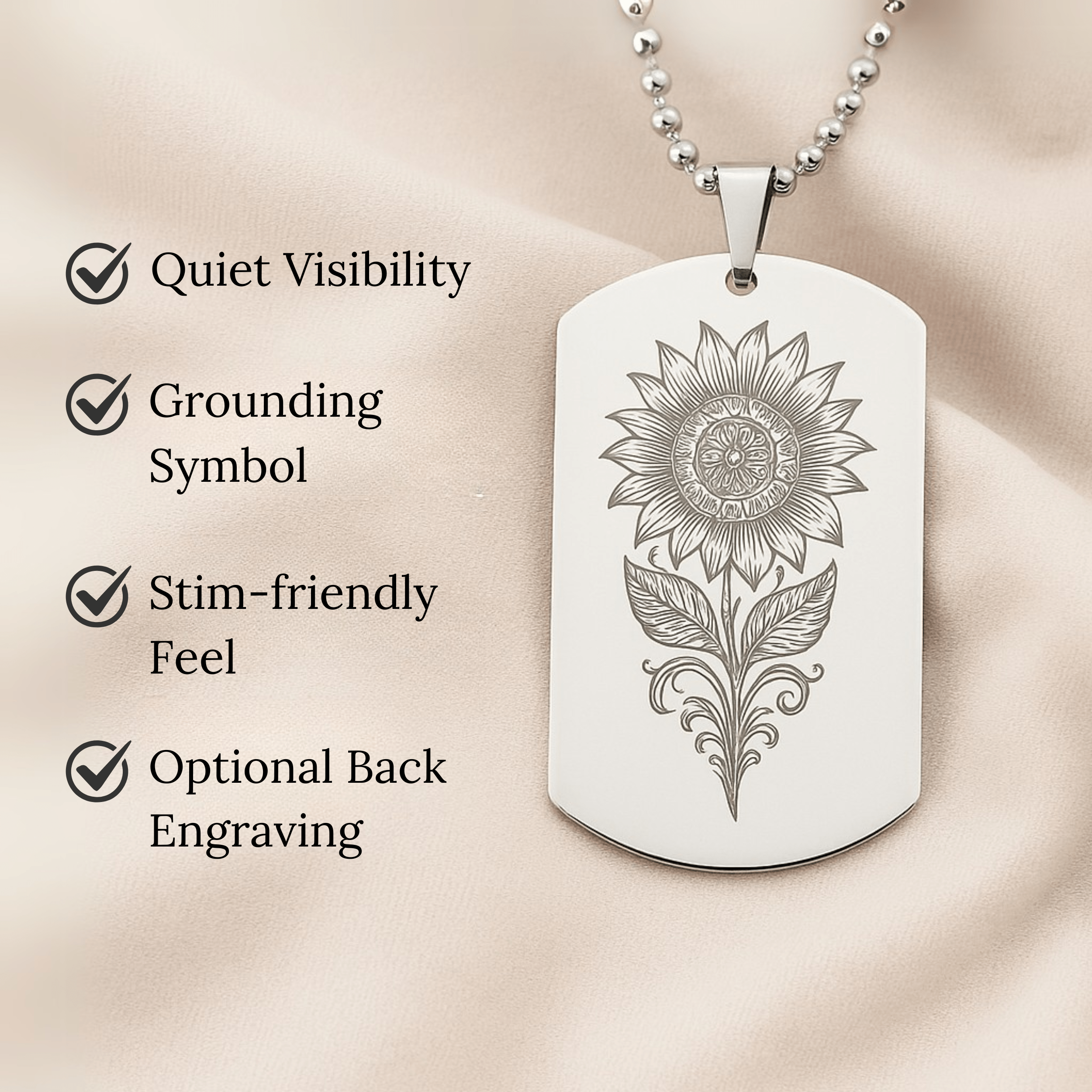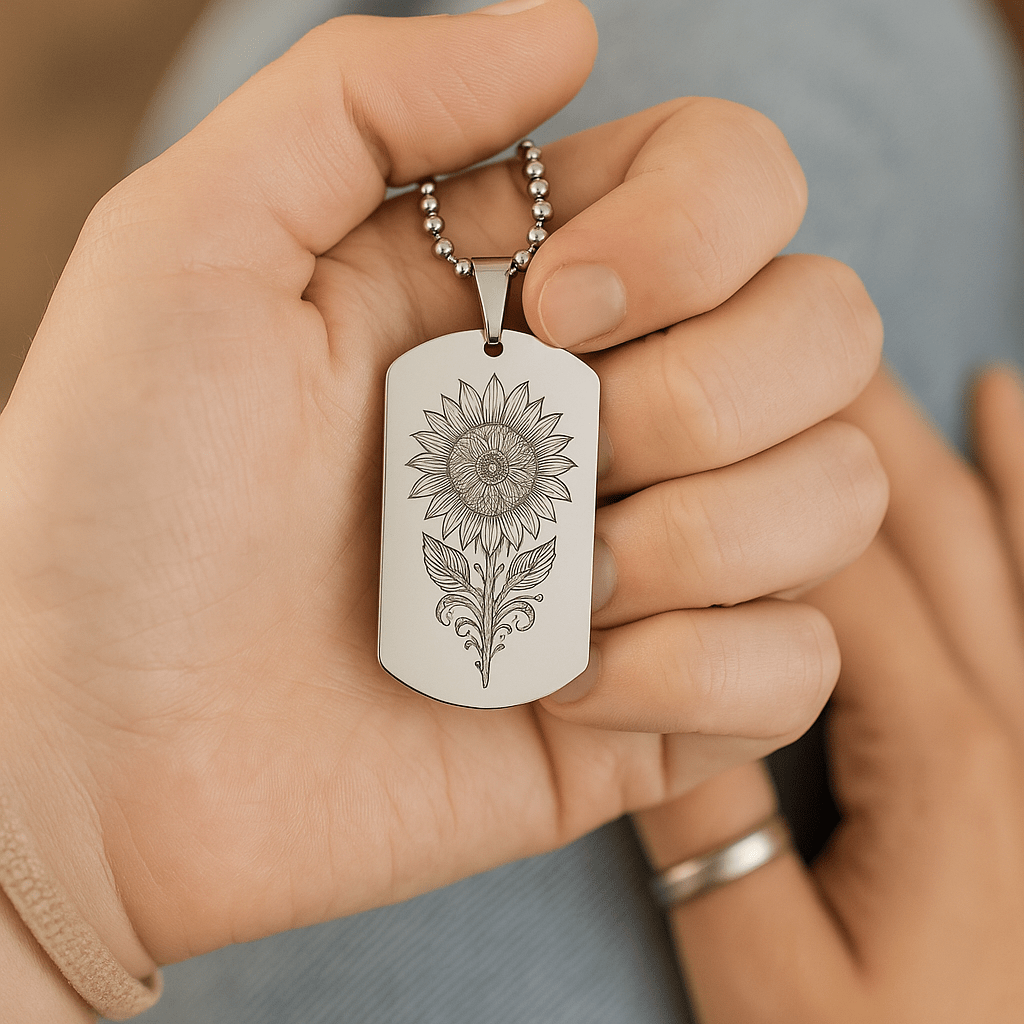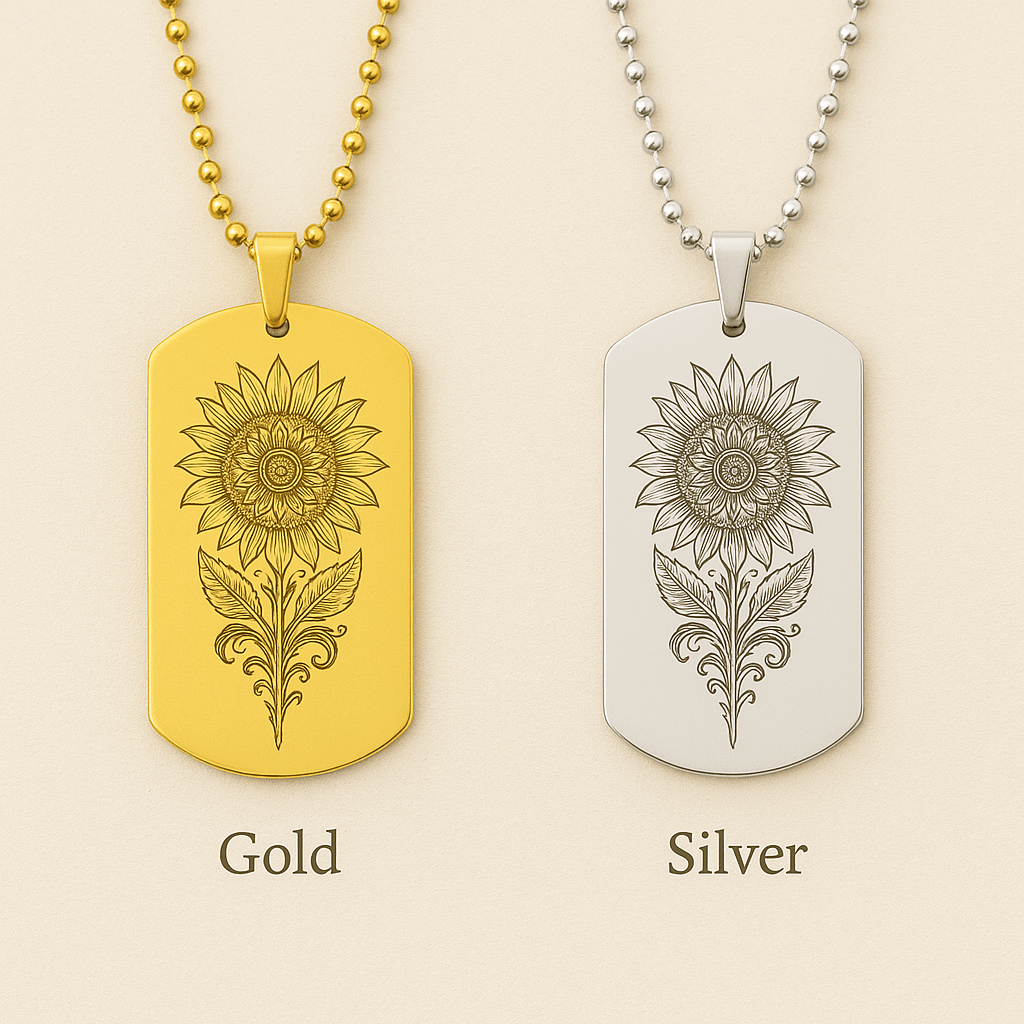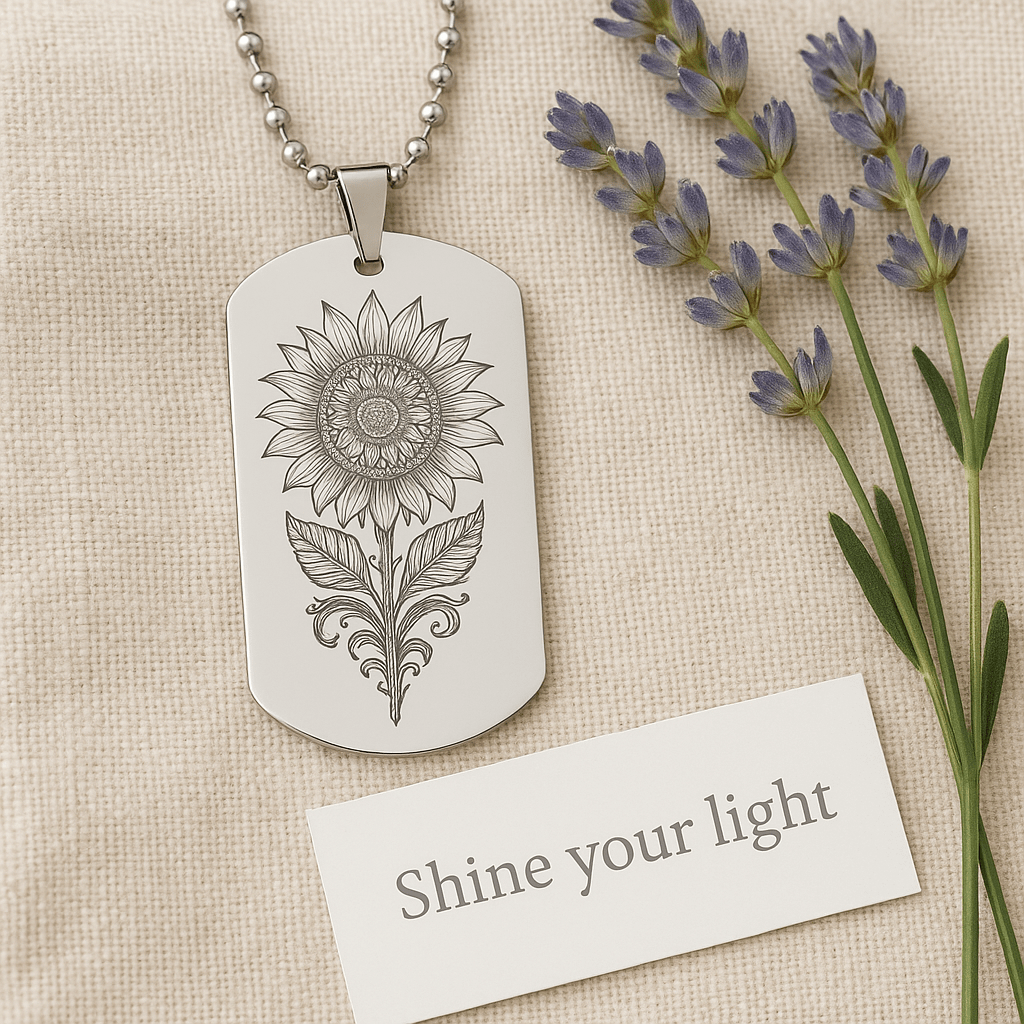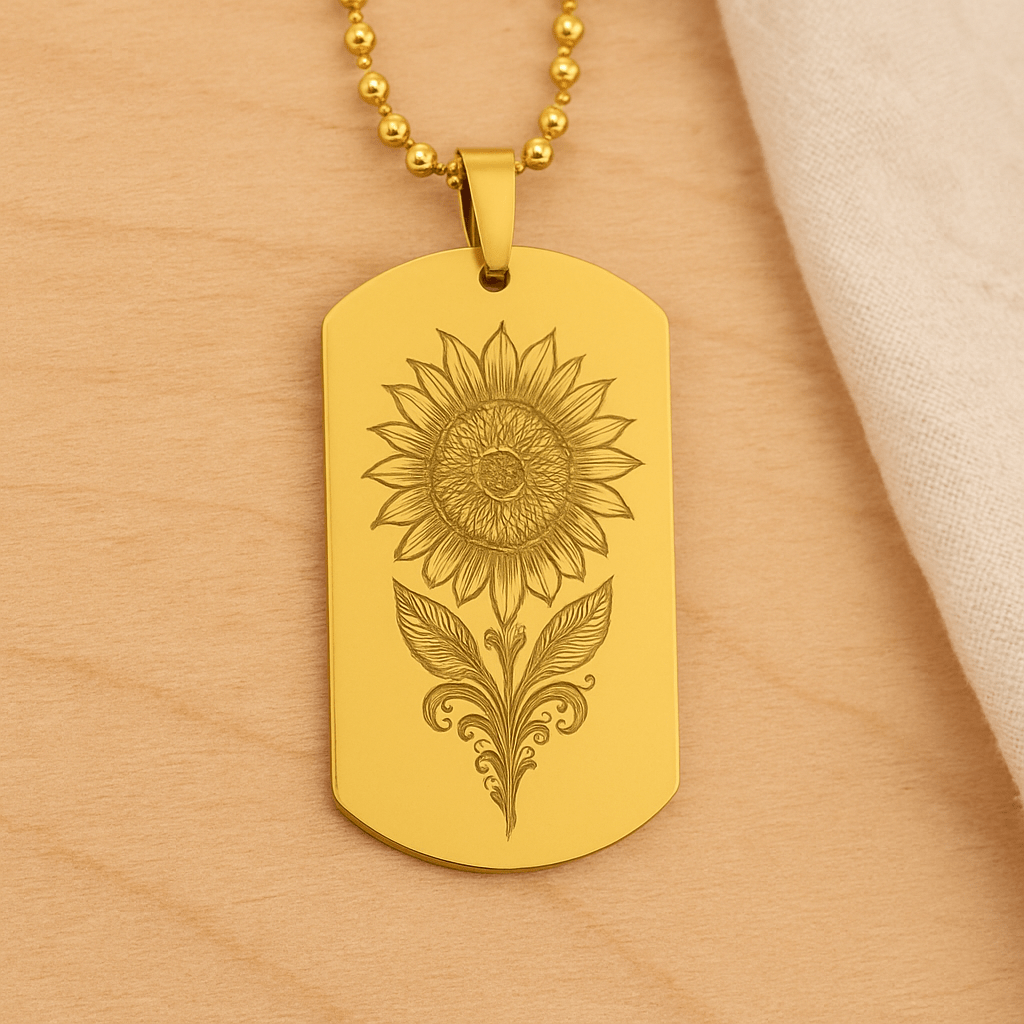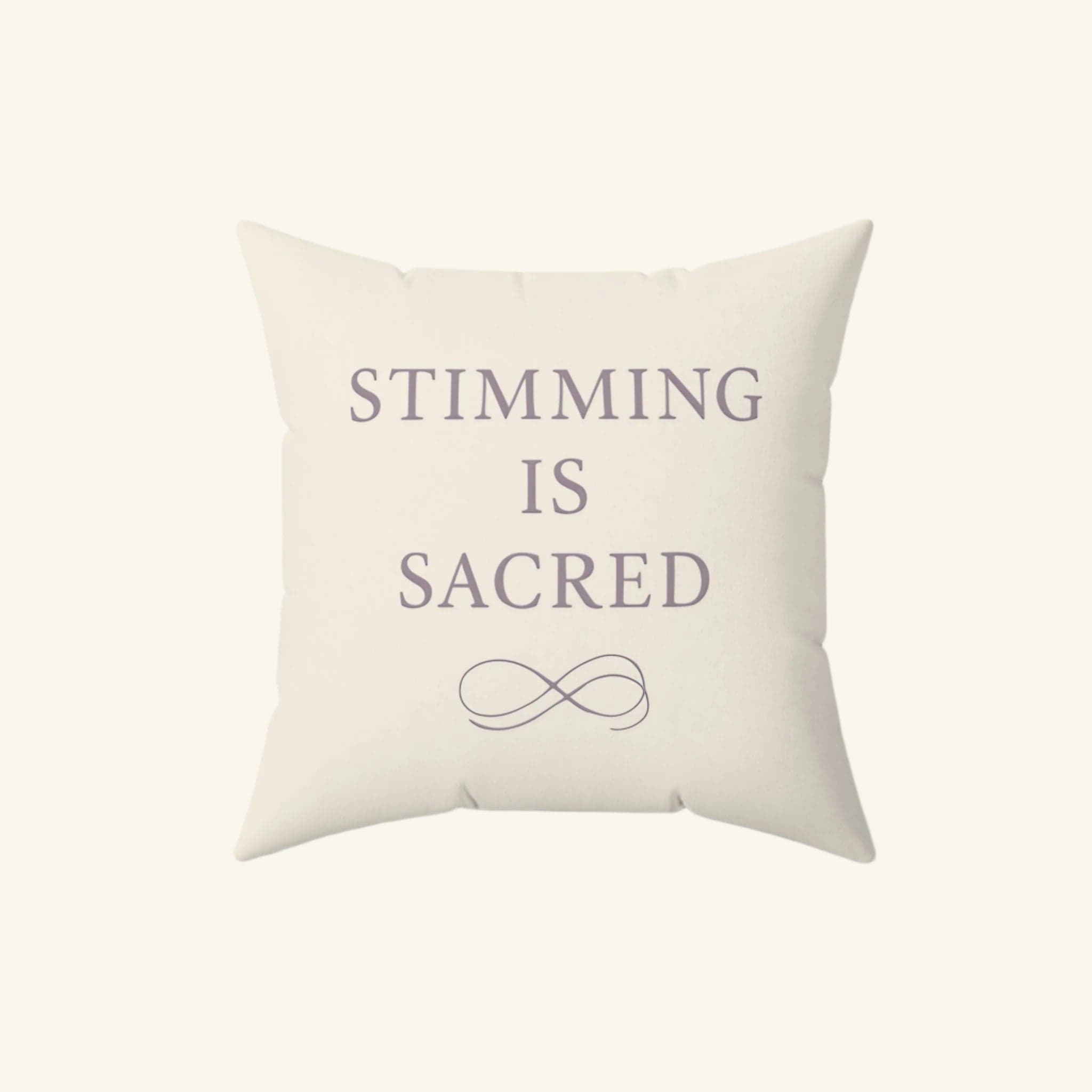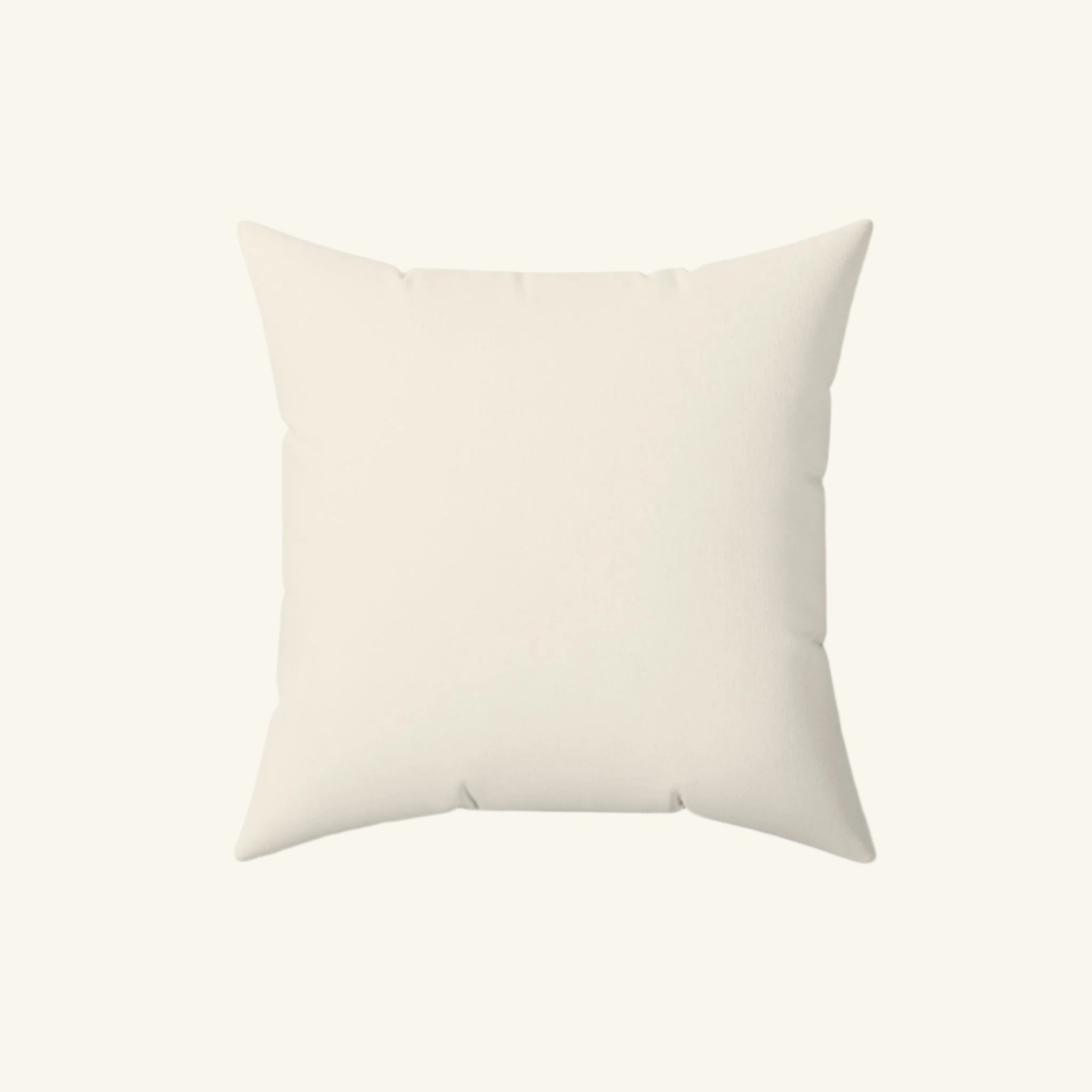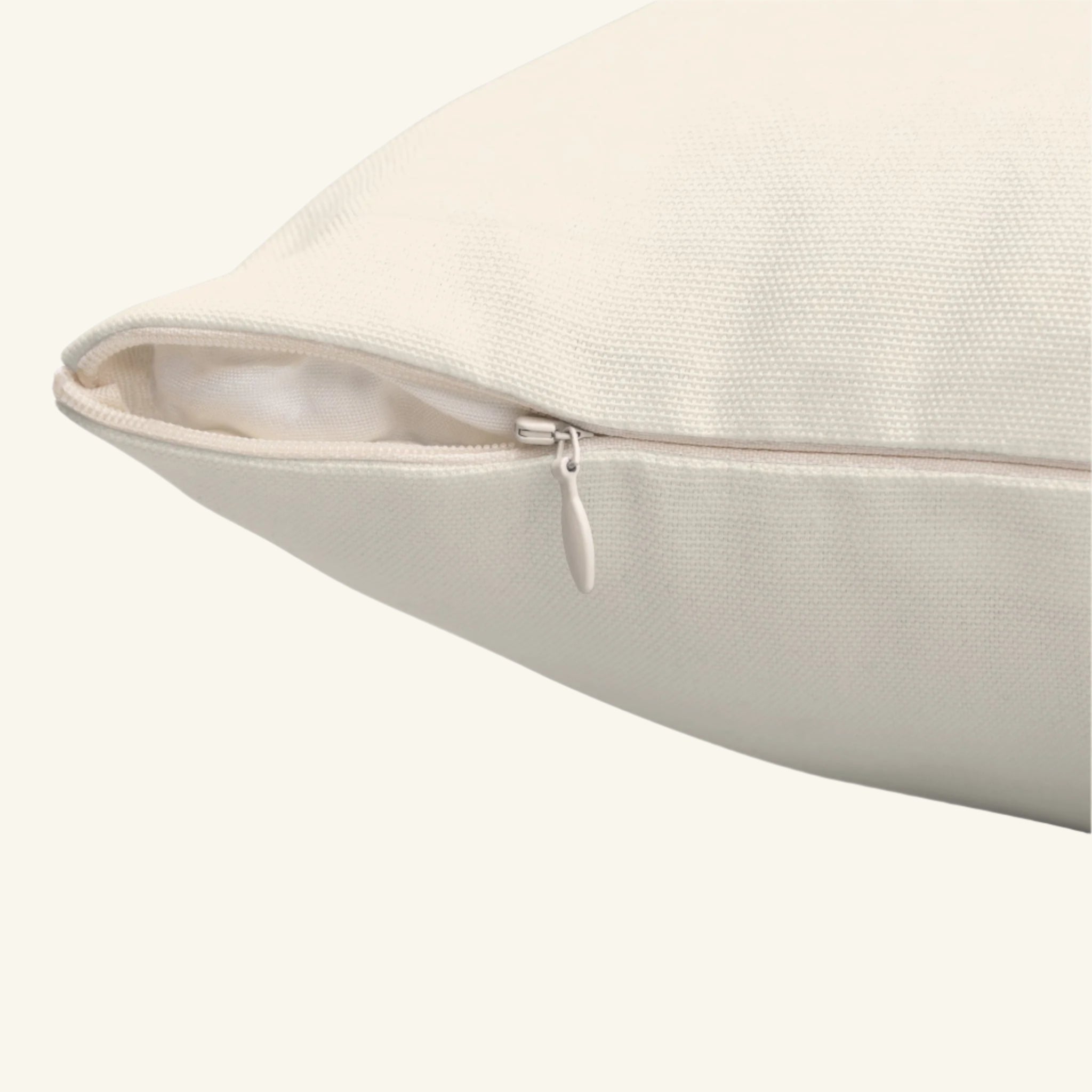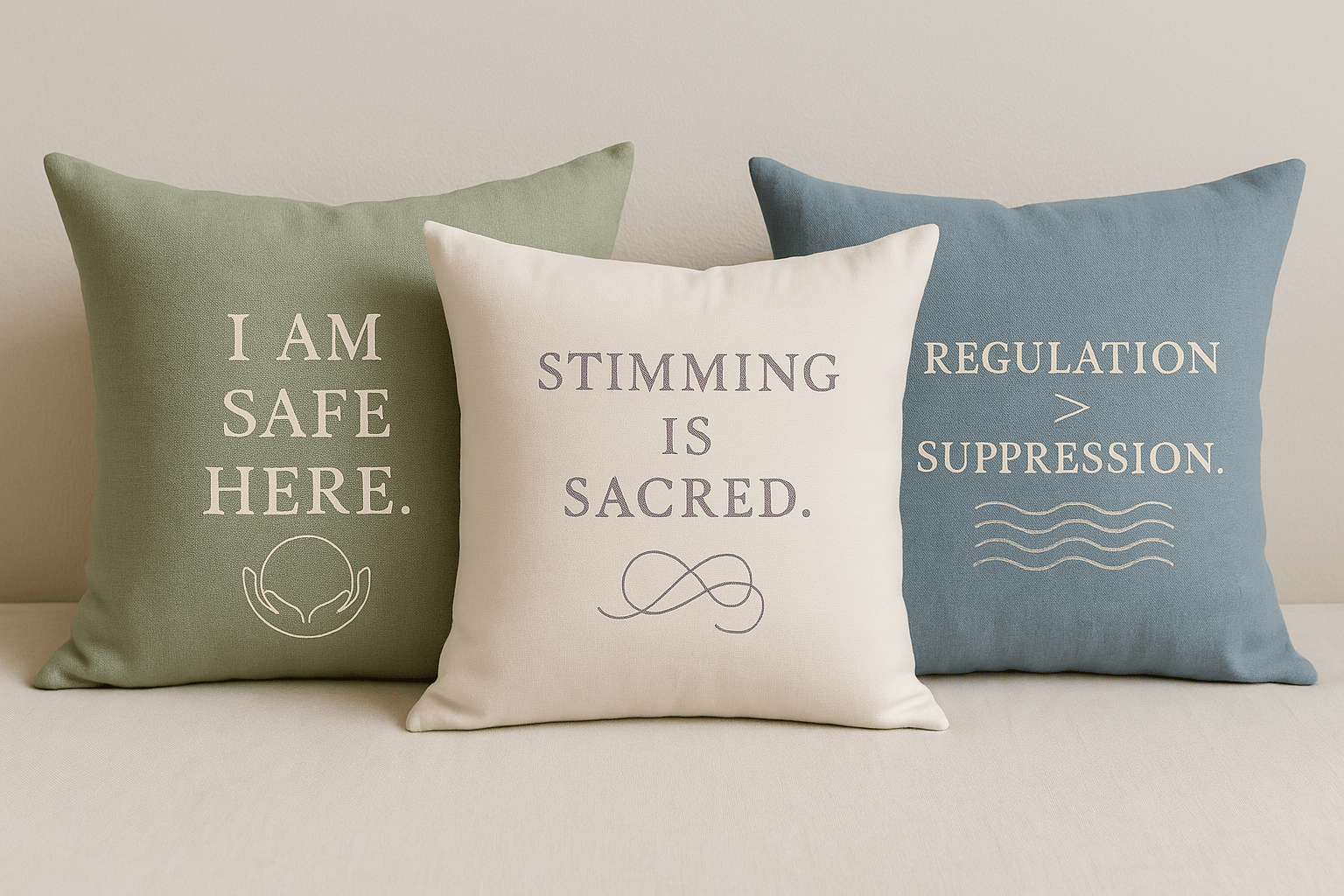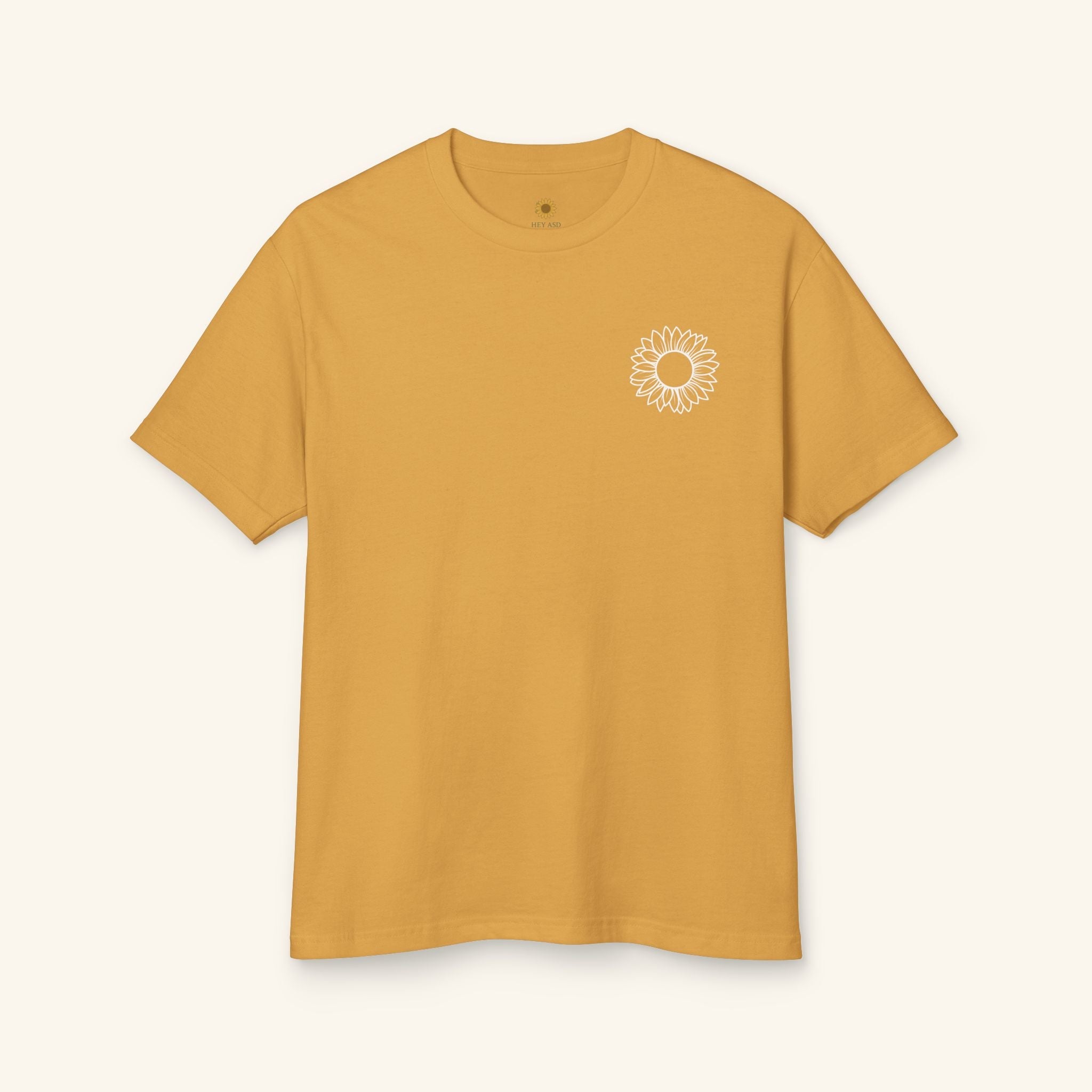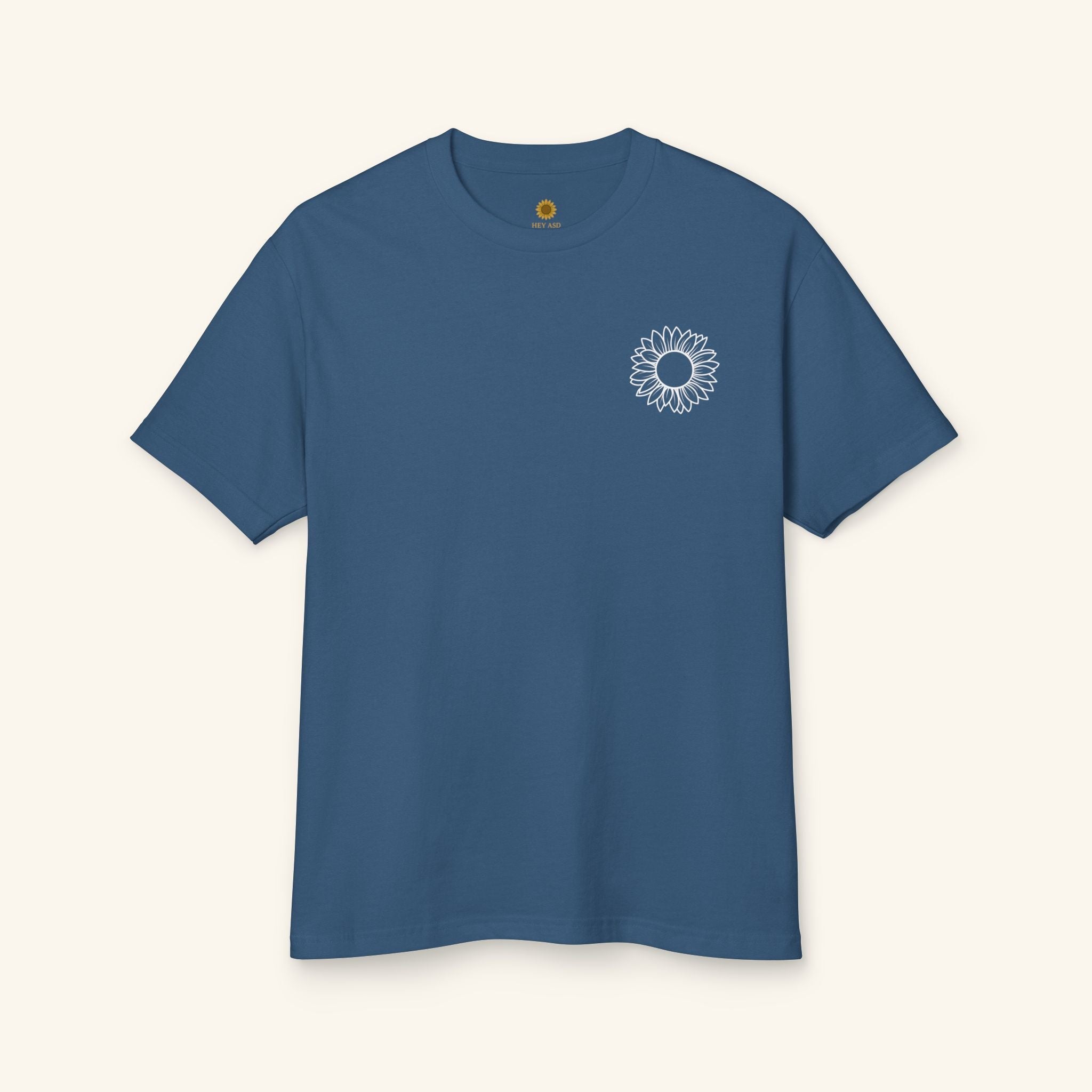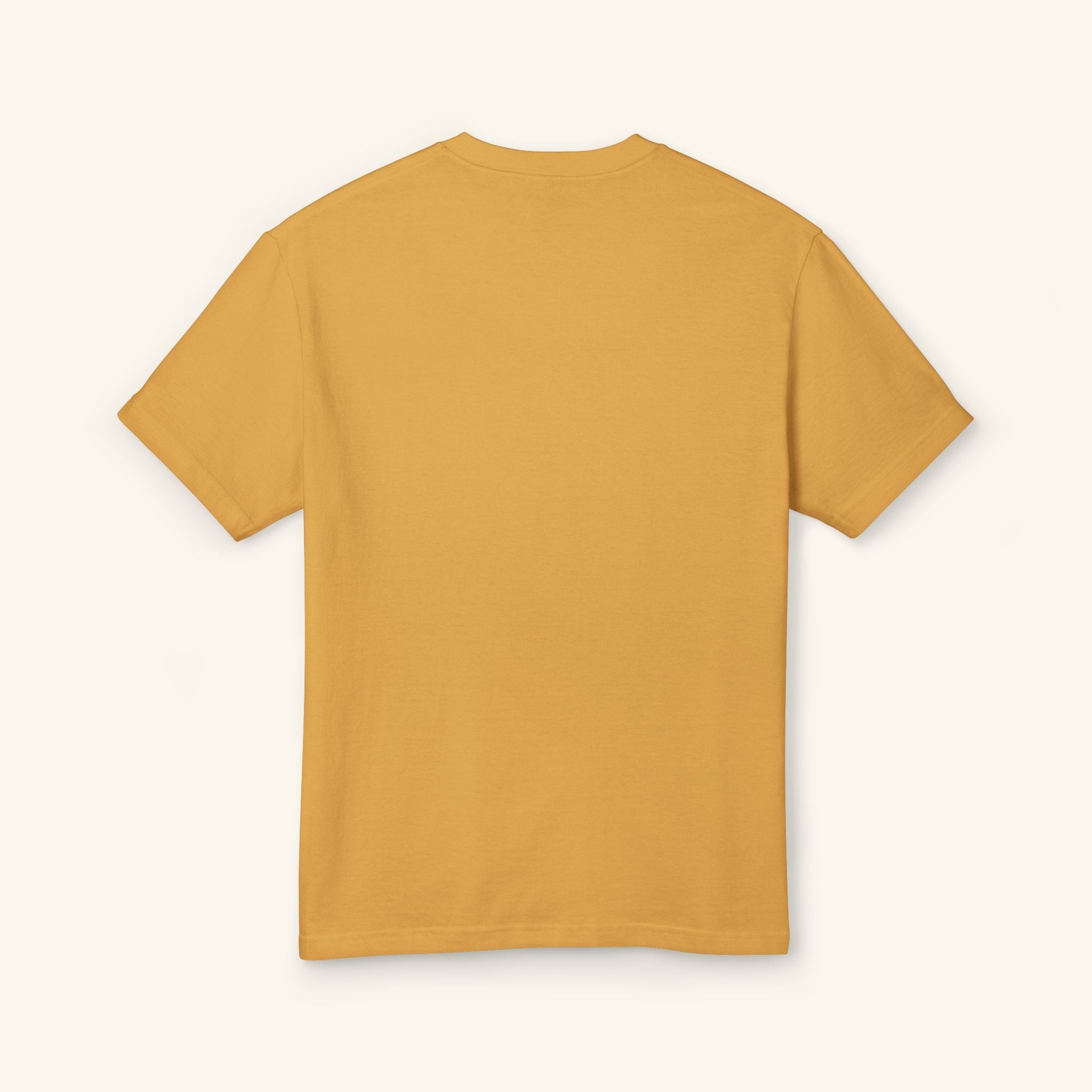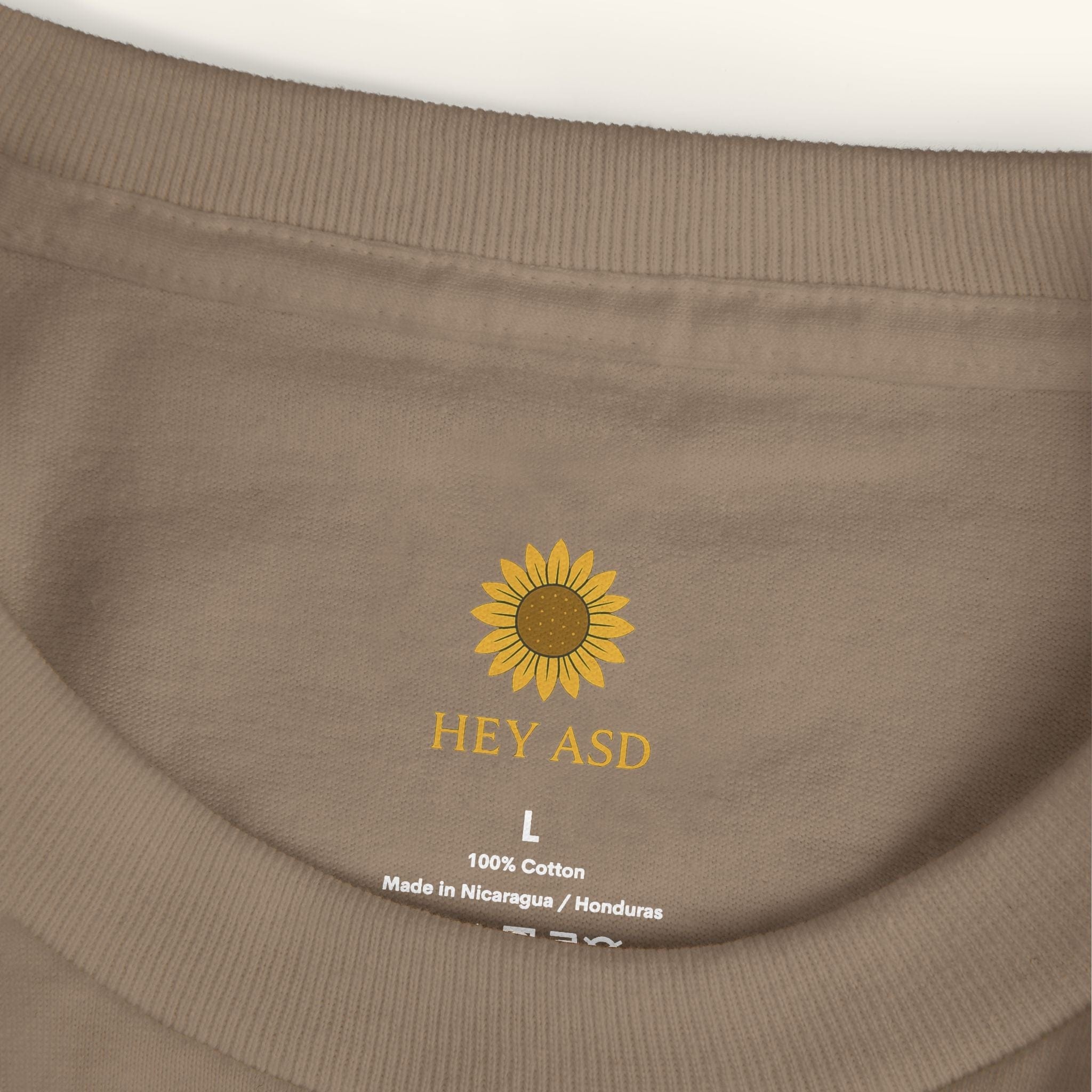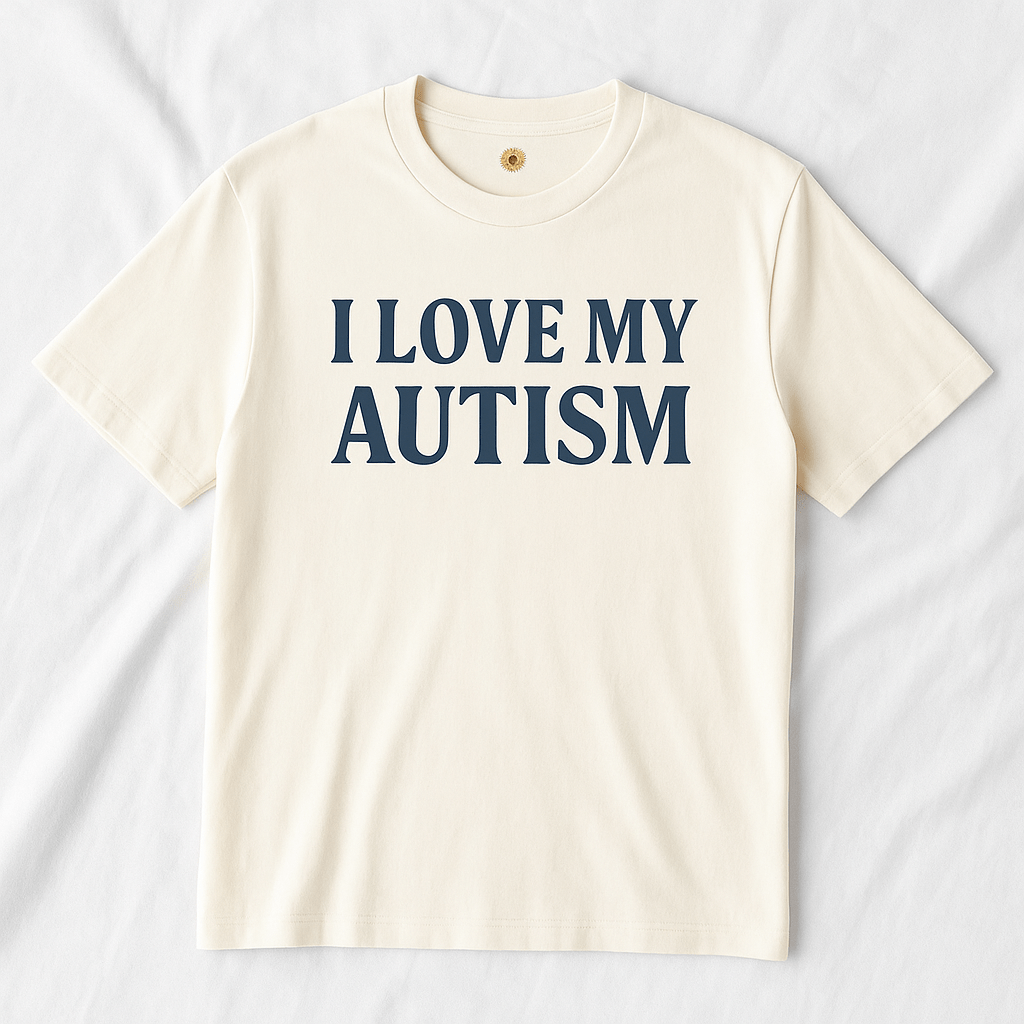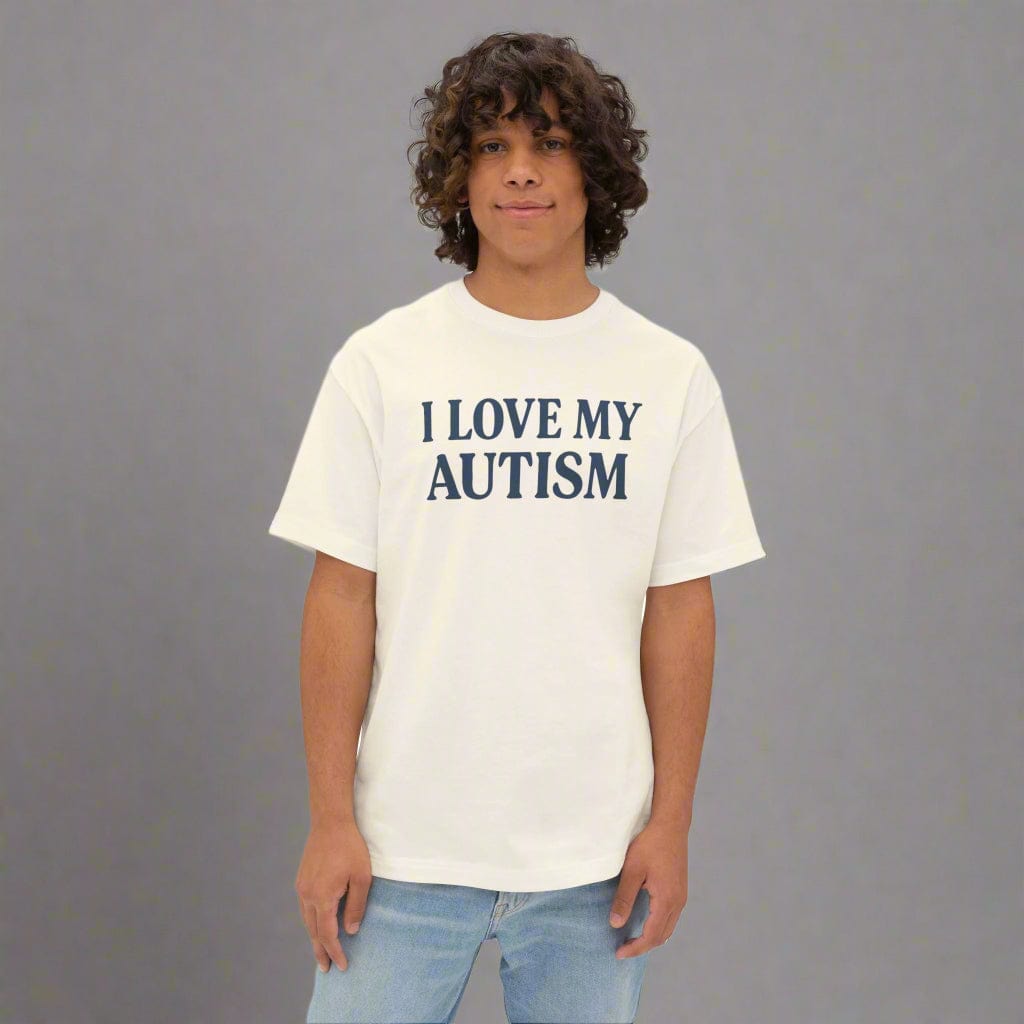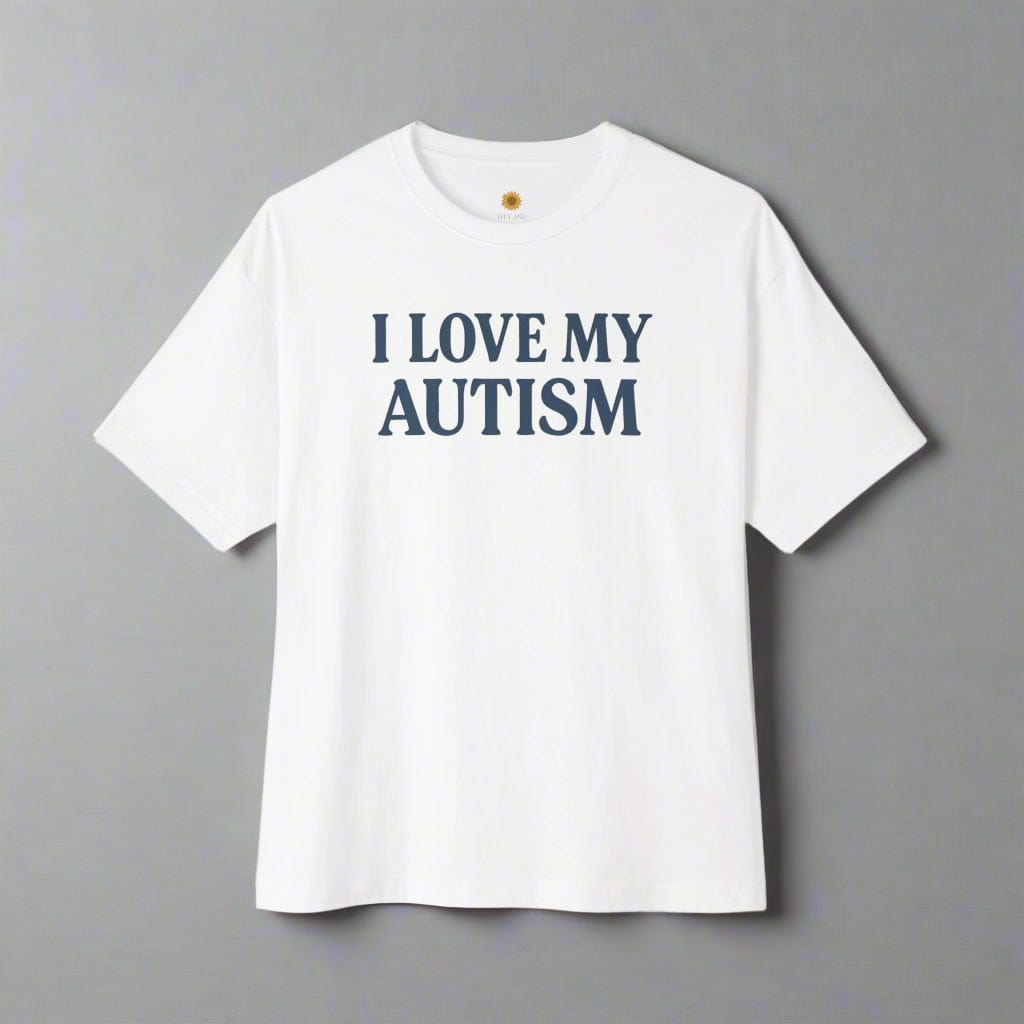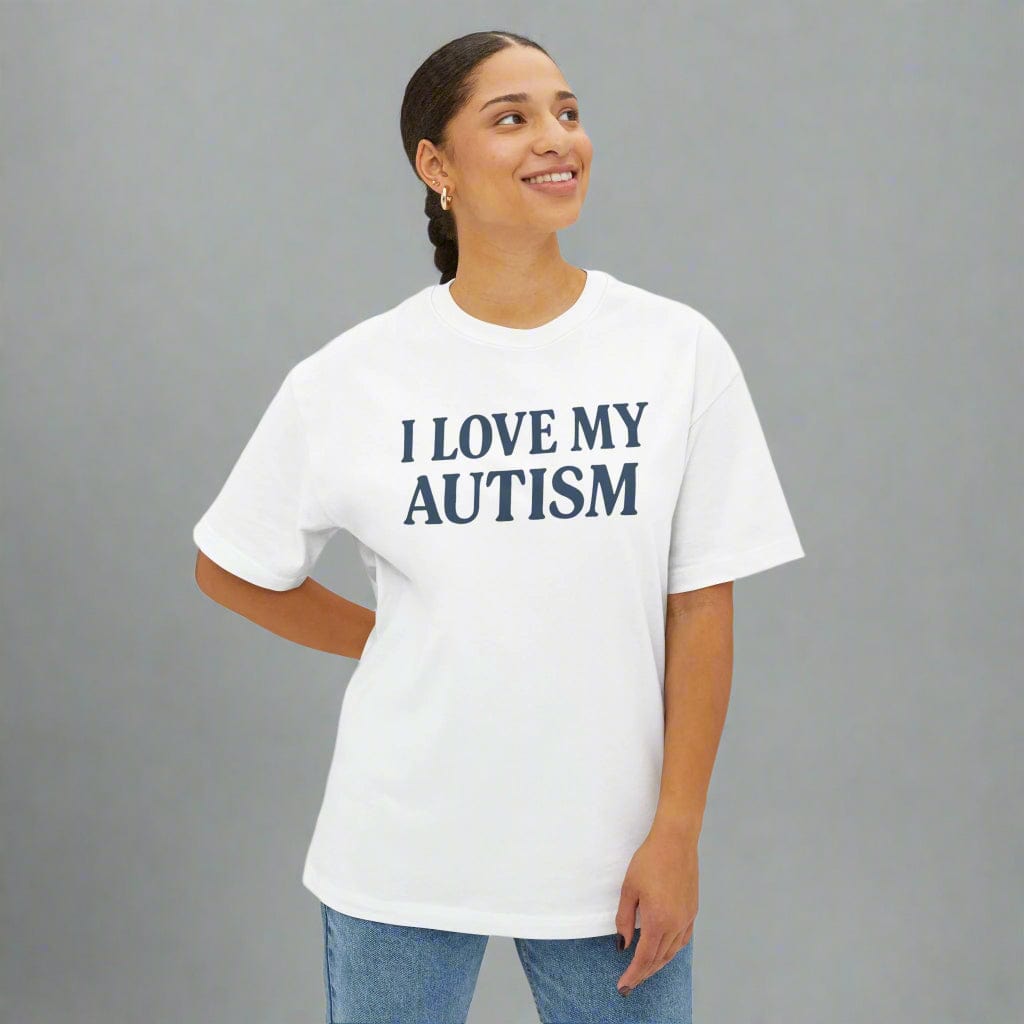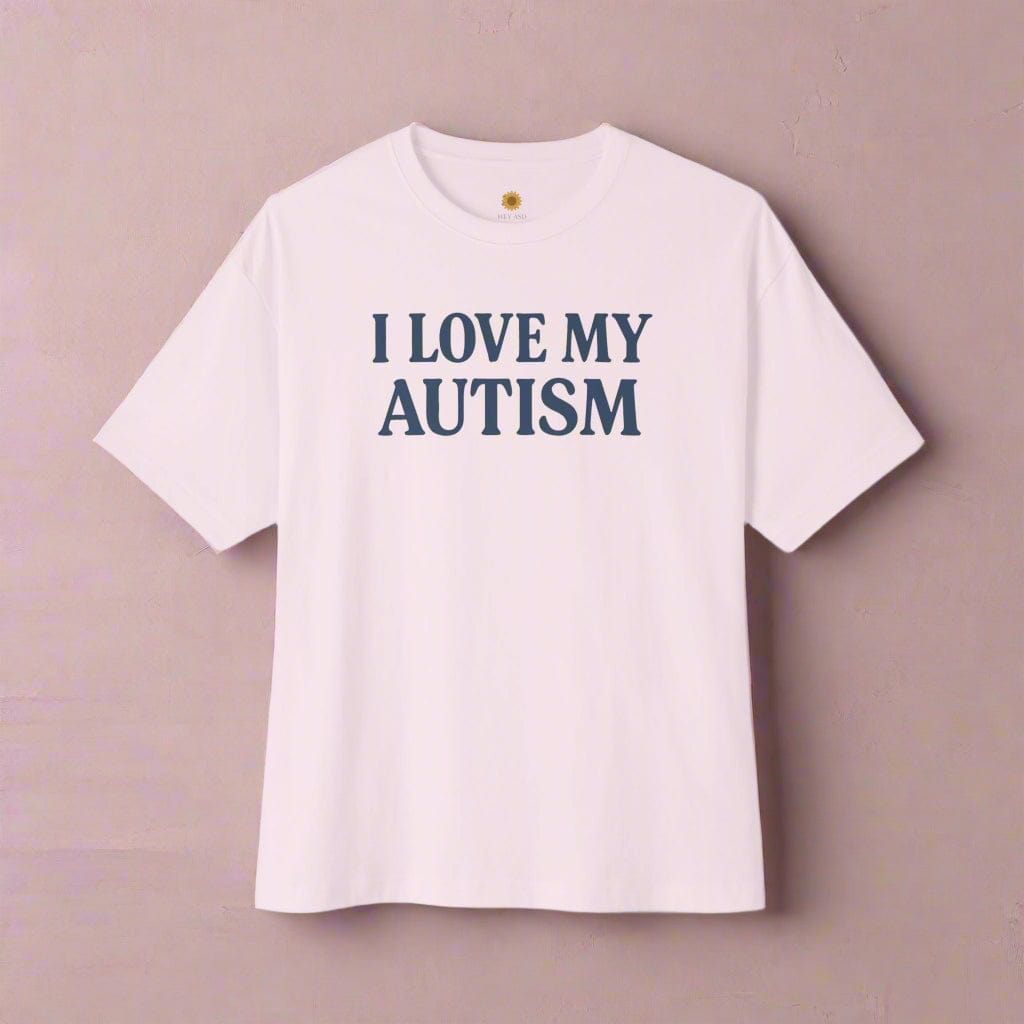Autism and Art: A Guide to Expression, Therapy & Creative Identity
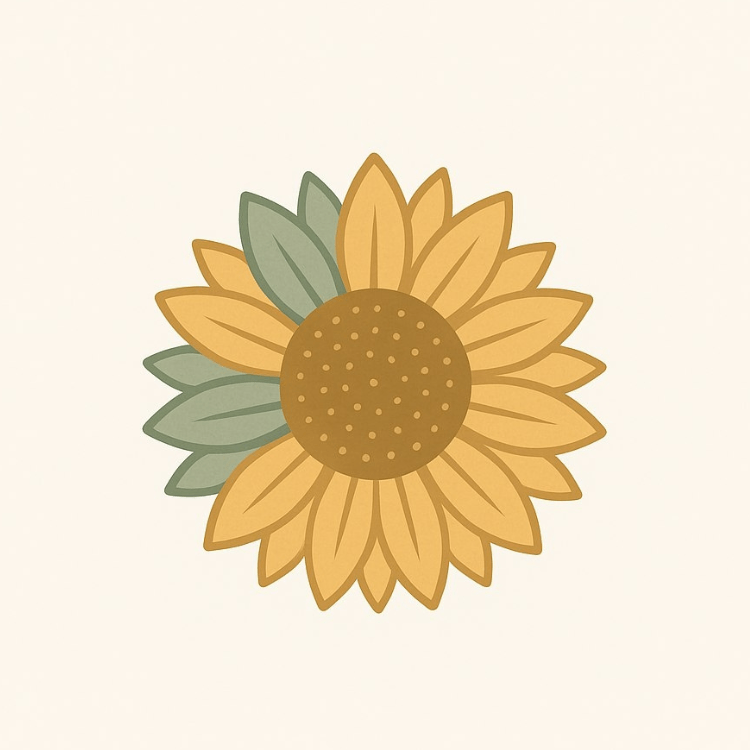
Written by the HeyASD Editorial Team
Art has long been a bridge between inner experience and outer expression. For autistic individuals, that bridge can be even more powerful — offering a safe space for communication, emotional regulation, and self-understanding. This comprehensive guide explores how autism and art intersect as a therapeutic tool, an identity-building practice, and a form of community inclusion.
We’ll cover the latest research, the unique neurological traits that support creative expression in autistic individuals, and how art therapy programs and inclusive initiatives are making a difference. Whether you're an autistic adult, educator, parent, or therapist, this article provides rich insight into how artistic expression can empower autistic people at every stage of life.
Why Art Matters for Autistic People
Autism Spectrum Disorder (ASD) affects communication, social interaction, sensory processing, and behavior. For many autistic people — particularly late-diagnosed adults — the traditional pathways of verbal communication or group-based interaction can feel difficult, exhausting, or inaccessible. Art offers a powerful alternative form of expression that doesn’t rely on spoken words, eye contact, or neurotypical social cues.
Through painting, drawing, sculpture, music, or movement, art enables autistic individuals to express their inner worlds in ways that feel safe, intuitive, and affirming. It can become a vital outlet for emotional release, self-understanding, and social connection.
Why Art Resonates Deeply with Autistic Adults
For many autistic adults — especially those who are late-diagnosed or self-diagnosed — discovering art can feel like finding a missing piece. After years of masking, navigating misunderstanding, or feeling out of step with neurotypical expectations, art offers a form of expression that’s unfiltered, sensory-friendly, and deeply personal.
Autistic adults often use art to:
- Process their late-diagnosis journey and reclaim identity
- Recover from autistic burnout and emotional exhaustion
- Express emotions safely without verbal processing
- Develop daily rituals that reduce anxiety and increase calm
- Create visual narratives of masking, sensory overload, or self-acceptance
For many, creative expression isn’t a hobby — it’s a survival tool and a way to stay connected to their true selves. Art becomes both a mirror and a container, offering a safe place for emotional regulation and self-advocacy.
Common Benefits of Art for Autistic Adults
- Provides a non-verbal form of communication for those who struggle with verbal expression
- Supports emotional regulation during periods of stress, anxiety, or autistic overwhelm
- Improves fine motor skills and hand-eye coordination through repeated use of art materials
- Encourages sensory integration and self-soothing through textures, colors, and motion
- Offers a structured yet creative activity, aligning with preference for repetitive patterns or routines
- Boosts self-esteem and autonomy through self-expression and creative ownership
- Enhances communication skills and social interaction in group art settings or collaborative projects
- Creates a safe space for processing trauma or exploring identity, particularly in art therapy
The Benefits of Art Therapy
Art therapy is a recognized therapeutic method that uses creative activities to support mental health, development, and communication. For autistic individuals, art therapy is often used to help reduce anxiety, manage sensory sensitivities, and improve communication skills. It is particularly helpful for those who experience challenges with verbal communication or traditional talk therapy models.
With guidance from trained art therapists — including occupational therapists and psychologists who understand neurodiversity — autistic people can use art to explore emotions, develop coping strategies, and navigate personal growth in a sensory-considerate environment.
Therapeutic Benefits of Art Therapy for Autism
- Encourages self-expression when verbal communication is limited or tiring
- Reduces maladaptive behaviors by providing a safe, structured outlet
- Promotes emotional regulation and stress relief during or after sensory overwhelm
- Improves social skills through shared creative activities or group sessions
- Strengthens fine and gross motor skills with repetitive art activities like painting, cutting, or sculpting
- Provides a therapeutic tool for exploring identity and building autonomy
Art Therapy as a Developmental Tool
For children with autism as well as autistic adults, art therapy can support key developmental areas such as communication, motor skills, and emotional literacy. Through multiple sessions, participants can build tolerance for new sensory experiences, explore transitions, and develop greater self-awareness.
Structured programs often use familiar art materials like markers, clay, watercolors, or collage elements — chosen to support each person’s sensory preferences and therapeutic goals. The process becomes not just creative, but developmental and healing.
Art as Expression and Identity
Many autistic adults describe discovering art as a moment of liberation — a place where masking isn’t required, and where expression comes more naturally. Creative expression allows autistic individuals to connect with their thoughts, feelings, and identity without the pressure of conforming to neurotypical expectations.
Art as Communication
- Processes complex emotions visually or symbolically, especially when words fail
- Offers a safe space for emotional exploration and identity development
- Enables deeper social communication through shared interpretation and storytelling
Art as a Self-Advocacy Tool
Many autistic adults use art to advocate for themselves in quiet, powerful ways. Whether through what they wear, how they decorate their space, or what they share online, art becomes a visual form of autistic pride and personal truth.
Art is often less confrontational than direct advocacy — but no less impactful. It allows autistic people to communicate boundaries, identity, needs, or worldviews in a form that feels safer and more intuitive.
Examples include:
- Displaying artwork that communicates sensory needs in shared spaces
- Wearing clothing or pins with affirming messages or neurodivergent designs
- Creating comics or illustrations that explain masking or burnout
- Sharing digital art or poetry online to connect with other autistic creators
Through these visual languages, autistic adults can advocate without explaining, educate without being drained, and connect without masking. Art can be empowering precisely because it lets the person set the tone and terms.
Common Artistic Themes in Autism Art
- Repetitive patterns and motifs, providing comfort and structure
- Hyper-detailed environments or imagined landscapes
- Sensory-rich visuals (e.g., color gradients, textures, echoing forms)
- Looped movement or rhythm reflecting inner states or stimming
- Exploration of themes such as masking, isolation, sensory overload, or identity
Creating an Autistic-Friendly Art Space at Home
You don’t need a studio to experience the benefits of artistic self-expression. Many autistic adults create sensory-friendly art spaces at home that support creativity while honoring their sensory needs.
Tips for Designing a Comfortable, Sensory-Safe Art Space:
- Use soft, diffuse lighting (natural or warm lamps over fluorescents)
- Choose materials that feel good in your hands (clay, fabric, smooth pens)
- Keep visual clutter to a minimum for better focus and calm
- Include sensory-friendly stimming tools nearby (weighted items, music, textures)
- Store materials in clearly labeled bins to reduce cognitive overload
Art can also become part of a calming routine. Whether it’s painting before bed, coloring during downtime, or using art journaling as a daily check-in, creative rituals offer structure and emotional regulation — especially for those with sensory sensitivities or executive functioning challenges.
Buying from Autistic Creators
When you support autistic artists, you’re doing more than buying a product — you’re contributing to a community. Autistic creators bring lived experience to their work, and that often translates into art that feels resonant, raw, and refreshingly honest.
At HeyASD, we prioritize creators from the autism community because we believe the best autism art is created by those who’ve lived it. Every piece in our Autism Art Collection reflects neurodivergent imagination, identity, and perspective.
Why it matters:
- Autistic artists deserve visibility, recognition, and fair compensation
- Lived experience brings authenticity to awareness-based art
- Supporting autistic creators is a tangible way to advocate for the community
Whether you’re autistic yourself, a therapist, or simply someone who values inclusive creativity — buying from autistic artists is a way to align your values with your purchases.
Explore: Shop the Autism Art Collection
Autistic Artists Who Inspire
Some of the most visually compelling and emotionally resonant artwork has come from autistic individuals who embrace their unique sensory and cognitive experiences as creative strengths. Their work spans painting, digital art, sculpture, photography, and more — challenging assumptions and opening up new aesthetic possibilities.
Stephen Wiltshire
Famous for his ability to draw entire cityscapes from memory after brief observation, Wiltshire’s work showcases the incredible visual memory and spatial processing often seen in autistic individuals.
Jessica Park
Known for her vibrant architectural renderings, Park brings a bold, geometric, and highly detailed visual style rooted in her own sensory perception and cognitive patterns.
Donna Williams
An early advocate and author who also created mixed media pieces exploring themes of perception, identity, and emotional texture. Her work was deeply introspective and helped pave the way for neurodivergent visibility in the arts.
Giles Yeates
Neurodivergent artist and clinical psychologist whose abstract works are informed by cognitive neuroscience, lived experience, and visual exploration of self and emotion.
Inclusive Art Programs and Initiatives
School-Based Programs
Art programs within schools — especially those informed by occupational therapy and special education practices — can offer autistic children and teens structured opportunities to develop communication skills, social interaction, and fine motor abilities. When educators collaborate with occupational therapists and speech-language pathologists, art becomes a powerful cross-disciplinary tool.
Community-Based Art Initiatives
Art centers, cultural institutions, and community organizations are increasingly creating autism-friendly programs. These include:
- Sensory-adapted workshops
- Low-noise exhibition hours
- Small-group or one-on-one creative sessions
- Collaborations with autistic facilitators and artists
These programs create inclusive, low-pressure environments where autistic people of all ages can explore creativity, build communication skills, and connect with peers in meaningful ways.
Therapeutic Art Spaces and Safe Environments
Spaces designed specifically for therapeutic art often include sensory zones, calming visuals, adjustable lighting, and access to a wide range of materials. These safe environments are essential for those with sensory sensitivities or social anxiety. They allow autistic individuals to participate fully without fear of judgment or overwhelm.
Discover Art by the Autism Community
Use code WELCOME10 for 10% off your first order.
Shop Autistic-Made ArtExplore Art by the Autism Community
HeyASD is proud to offer a curated collection of art, apparel, and accessories created by and for the autism community. Our Autism Art Collection features works that reflect authentic lived experiences and sensory-conscious design.
Frequently Asked Questions
What is Autism Spectrum Disorder?
Autism Spectrum Disorder (ASD) is a neurodevelopmental condition that affects communication, behavior, sensory processing, and social interaction. It is a spectrum, meaning that characteristics and support needs vary widely between individuals.
How does art therapy support autistic individuals?
Art therapy provides a non-verbal outlet for communication, supports emotional regulation, and builds self-confidence. It can also help improve social interaction, fine motor skills, and stress management through creative practice.
Can art therapy enhance social skills?
Yes. In both one-on-one and group settings, art therapy can improve social communication, turn-taking, peer interaction, and collaborative problem-solving. It provides structured yet expressive opportunities for building connection.
What types of art materials are used in autism art therapy?
Common art materials include clay, watercolors, colored pencils, collage, and digital media. Materials are selected based on sensory preferences and therapeutic goals to ensure accessibility and comfort.
Is art therapy appropriate for autistic children and adults?
Absolutely. Art therapy is suitable for autistic individuals across the lifespan. The approach can be adapted to meet developmental stages and sensory needs, from young children to older adults.
How is art therapy different from making art at home?
Art therapy is guided by a trained professional who helps individuals use creative expression to explore emotions, identity, and regulation. It's structured, intentional, and often goal-oriented, unlike casual at-home art activities.
Can art improve communication skills in autism?
Yes. Art offers an alternative mode of communication and can help autistic individuals process feelings, express needs, and build narrative skills — especially for those who are non-speaking or have limited verbal communication.
What makes art a safe space for autistic people?
Art spaces often honor sensory preferences, allow freedom of expression, and remove performance pressure. This combination creates a safe, affirming environment for self-discovery and emotional healing.
Where can I find autism art therapy programs or resources?
Check with local occupational therapy clinics, autism advocacy organizations, or inclusive art studios. Online directories and platforms like HeyASD also highlight programs and artists that center lived experience.
On This Page
Frequently asked questions
How can autism art therapy support communication and emotional expression for individuals on the spectrum?
What types of sensory-friendly art programs are available for autistic children and adults?
In what ways do artists with autism use their creativity to share their unique perspectives?
How does participating in art activities help with emotional regulation for people with autism?
What kinds of Autism-themed decor or sensory tools can enhance a calming and supportive environment?
How do art programs in schools and community centers benefit students with autism?
What are some examples of autism communication tools that complement artistic expression?
How does disability support through art contribute to building confidence and social connections?
Are there special t-shirts or calming blankets inspired by autism art that can help express identity and provide comfort?

About the HeyASD Editorial Team
Autistic‑owned • Values‑led • Sensory‑friendly design
We are autistic creators, writers, and advocates dedicated to producing resources that are practical, sensory-aware, and grounded in lived experience. Our mission is to make information and products that support the autistic community accessible to everyone, without jargon or condescension. Learn more about our team.
This article is written from lived autistic experience and an evidence-aware perspective. It is for general informational purposes only and should not be taken as medical, legal or therapeutic advice.
Always consult a qualified clinician or occupational therapist for individual needs and circumstances.

About Our Autism Blog
HeyASD isn’t just a store, it’s a calm, supportive space created by and for autistic adults. Our blog shares sensory-friendly tips, identity-affirming stories, and heartfelt resources for navigating life as an autistic person. Whether you're late-diagnosed, exploring your needs, or supporting someone you love, you're welcome here.
Thank you for reading. We hope these resources bring comfort and clarity.
